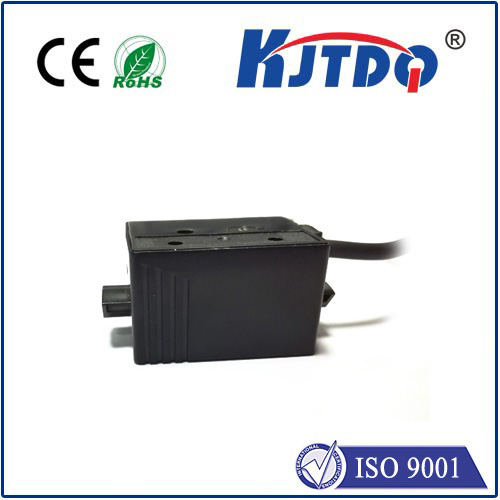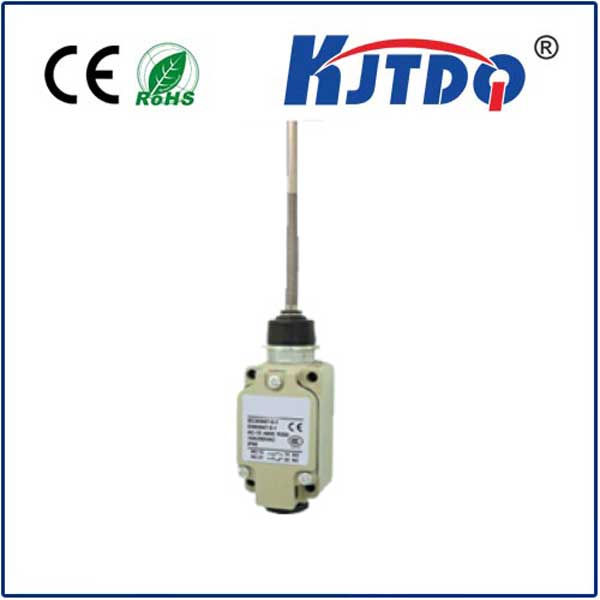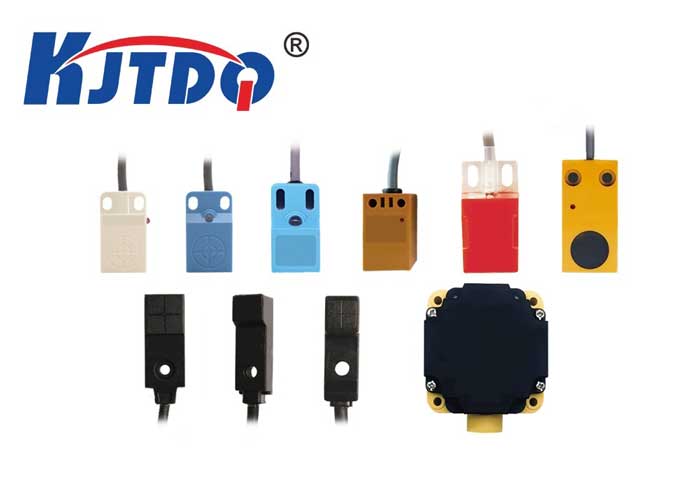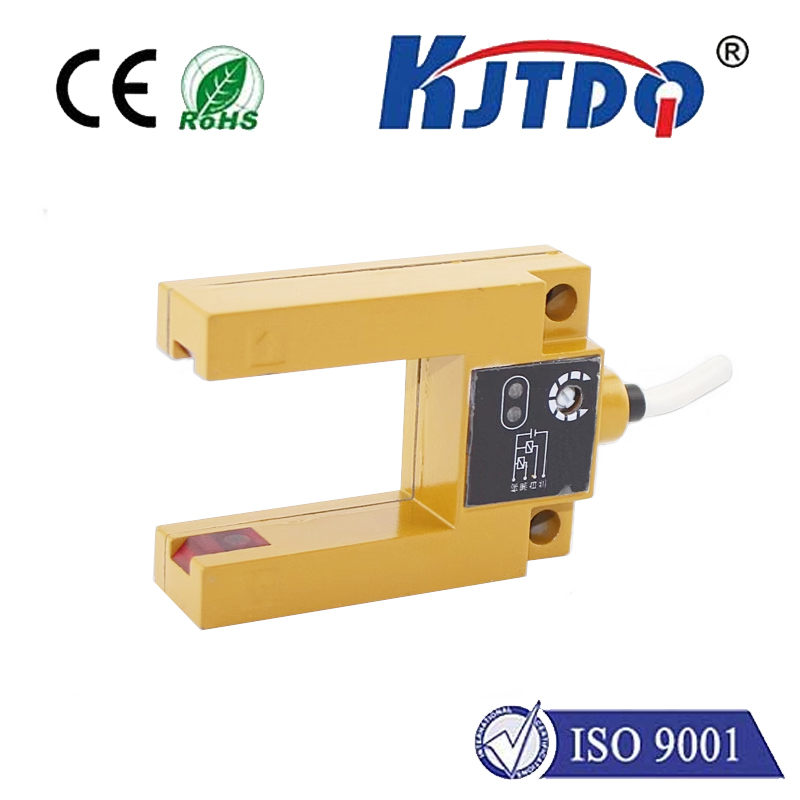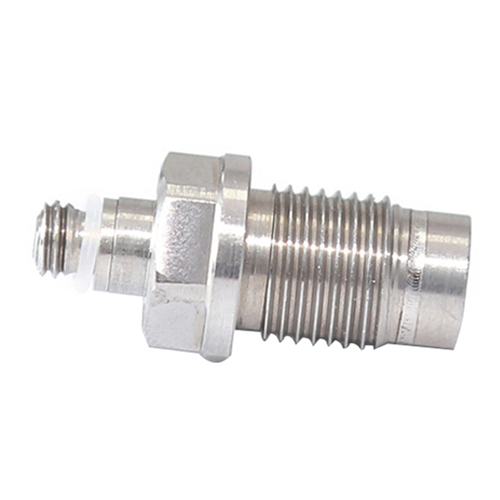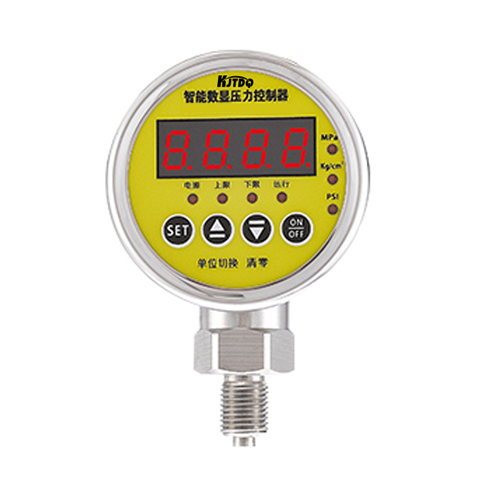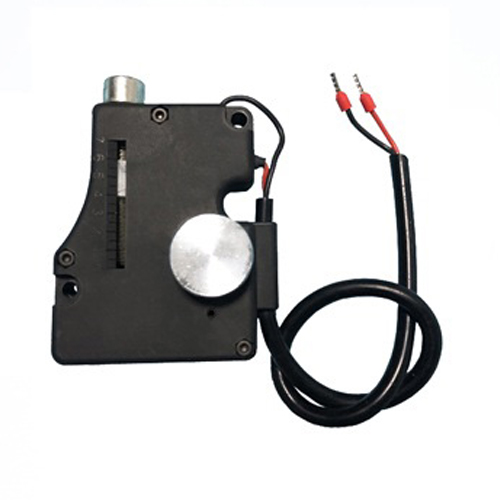

check

check

check

check

check

check

check

check

check

check
### Raspberry Pi: The Evolution and Applications of a Limit Switch in Modern Computing
Raspberry Pi, often abridged as RPi or RasPi, offers a fascinating glimpse into the evolution of microcomputers. Since its inception in 2012, this card-sized computer has revolutionized educational paradigms and hobbyist projects alike. Not only does it provide a platform for learning coding and electronics, but it also finds applications in various technological setups, including the integration of limit switches. Let us explore the evolution of the latest Raspberry Pi iterations and their compatibility with limit switch sensors.
The latest release from the Raspberry Pi Foundation, the Raspberry Pi 5, comes equipped with advanced features that set it apart from its predecessors. Boasting a Broadcom BCM2712 SoC and four 64bit Arm Cortex-A76 processor cores clocked at 2.4GHz, this new model represents a significant leap in processing power. With a dedicated 512KB L2 cache per core and a shared 2MB L3 cache, the Raspberry Pi 5 not only enhances computational capabilities but also opens up new possibilities for I/O operations, such as native PCIe support. This advancement is crucial for interfacing with external devices like limit switches more efficiently than ever before.

A limit switch, for the uninitiated, is a critical component in automation systems, used to detect mechanical positions. It is essentially an electronic switch that can sense the presence or absence of an object, thus controlling machinery actions such as stopping or reversing directions. When integrated with a Raspberry Pi, a limit switch can transform simple projects into sophisticated automated systems, controlled and monitored via custom software.
The Raspberry Pi's expansion into high-performance hardware does not isolate it from the world of physical computing components. Instead, the enhanced I/O capabilities of the Raspberry Pi 5 offer developers and enthusiasts a broader canvas to paint their creative and functional projects upon. Integrating a limit switch with a Raspberry Pi involves using GPIO (General Purpose Input Output) pins and might require a voltage level translator depending on the switch’s current and voltage specs. This process ensures compatibility between the Raspberry Pi’s lower voltage and the switch's potentially higher operating voltage.
In educational contexts, integrating a limit switch with a Raspberry Pi can be a powerful learning tool. Students can simulate real-world scenarios where sensor inputs dictate machine actions, such as in conveyor belt control or robot arm manipulation. These practical applications bridge the gap between theoretical computer science education and hands-on experience with hardware interaction.
As we have witnessed, the Raspberry Pi's journey since its inception has been marked by remarkable progress. The upcoming London Stock Exchange listing reflects the Foundation's confidence in its product's future and its commitment to furthering the educational mission that sparked the Raspberry Pi's creation. The upcoming IPO is expected to raise the company’s valuation to approximately £540 million, showcasing the immense potential and market confidence in this educational tool turned technological phenomenon.
In conclusion, the Raspberry Pi has transformed from a simple educational tool into a powerful miniature computer capable of interfacing with an array of external components, including limit switches. As the latest Raspberry Pi 5 demonstrates, the future of this technology lies not just in educational initiatives but in pushing the boundaries of what can be achieved with affordable, accessible hardware. Enthusiasts and educators alike eagerly await the possibilities that the next generation of Raspberry Pi will unlock, continuing the legacy of making computing accessible to all.

